An effective call to action is an important part of your content. A call to action (CTA) isn’t just used on sites that generate leads or sell things.
A call to action (CTA) is a request to perform an action. It could involve making a purchase, registering for something, or clicking a button. A call to action may appear on a website, in an email, or on social media. The objective is for you to act immediately!
You would have noticed call-to-action buttons on eCommerce websites frequently.
Every website, Facebook page, and piece of content should have a goal it wants users to achieve. The goal could be filling out a contact form, signing up for a newsletter, or sharing your content. Let’s look at what makes a call to action successful:
Persuade the User
Why should the user do what you want?
Before a visitor is willing to do something, they need to understand why they should.
As an example, think about infomercials. Before they ask people to respond, they present a problem and a product that solves that problem.
Tell people why they should follow your call to action. What will the user get out of doing the task that the call to action asks them to do?
Add something more
To get people to do what you want them to do, you may need to offer them something extra. As an incentive, you could offer a discount for link building packages or other services, a chance to win something, or a free gift.
Everyone likes free stuff.
Use Active Language!
Users should know exactly what you want them to do when they see a call to action. A good call-to-action (CTA) should have words like:
- Like
- Buy
- Register
- Subscribe
- Donate
All of these words tell people to do something. Also, you might want to make people feel like they need to act right away. You can use these words with phrases like:
- Offer expires December 31st
- For a short time only
- Order now and receive a free gift
Find the Right Place
Another important thing to think about is where on the page your call to action is. It should ideally be near the top of the page and in the middle column so that people can see it right away without having to scroll.
On pages that are longer, you should repeat your call to action more than once, including at the bottom.
Use the Blank Space
Don’t just use location to make your call to action stand out more.
Use the “white space” around it.
People will pay more attention to the call to action if there is more space around it. If you put too much content around your call to action, people won’t be able to see it.
Use Alternative Colors
Color is a good way to draw attention to things, especially if you use colors that are different from each other.
For example, if your website is blue and grey, highlighting your call to action in orange will work very well. This stark difference makes it clear to your users what they should do next.
Use a color wheel to find the color that is the opposite of your main color. The color on the other side will stand out, but it will also look good.
Size Matters
Make your call to action very clear. We’ve already talked about how important location, color, and white space are. But the size does make a big difference. The more likely it is that your visitors will see your call to action, the bigger it is.
Use one big call to action on the page whenever you can.
Every page should have a call to action
A call to action shouldn’t just be on the homepage or landing page.
On every page of your site, there should be a call to action that tells the user what to do next. If the visitor gets stuck, they won’t respond to your call to action.
Your call to action doesn’t have to be the same on each page. You can instead use smaller steps that lead the user to your end goal.
In the same way, use CTAs to end all of your messages. What should you do next with that Facebook post, email, or even Adwords ad? Use a CTA to tell people!
A site like Portico does this really well by putting its main call to action (CTA) in a prominent place on every page of its site.
The CTA also stands out because it is a lighter shade of blue than the other colors on the site. By putting the CTA in a prominent place and making it stand out, you are almost certain to get more conversions.
Bring it back
You’ve made a call to action that is very clear and the visitor clicks on it. What do you do next? As carefully as you planned the call to action, you need to plan the rest of the process.
So think about what happens when a user does what you want them to do. It should be as easy as possible to do. Don’t ask for things you don’t need to know.
Now that we’ve talked about the most important parts of Calls to Action, many people are still asking for good examples. We’ve made a list of the simplest CTAs that still work. If you have more options, it will be easy to change things up and use different words for the same CTAs.
Try them out and see what works best for you:
Ask them to do the following:
- Read more article
- Watch, view, or play a video
- Email a friend; Forward to a friend
- Subscribe to your newsletter; Sign up now
- Add RSS feed
- Download your whitepaper
- Bookmark this site or page
- Add to favorites
- Print page
What to Do on Social Media
- Tweet this
- Please retweet
- Like us on Facebook
- Follow on Twitter
- Share with colleagues (offer multiple options)
- Digg this
- Vote
Mobile
- Get on your smartphone
- Text for information
- Download app
Shopping
- Contact us; Call now; Help
- Register now (website)
- Request a Catalog
- Add to wish list
- Add to shopping cart
- Chat now
- Buy now! (Also Purchase Now!)
- Review our product
Put information on your site or page
- Add your comment
- Upload video
- Embed video
- Upload photos
- Upload presentation
- Share your work
Don’t Overdo It!
Don’t ask for more than you need. “Proceed to checkout” might be too much if they are looking at a car.
Try “book a test drive” instead. At each step of the sales funnel, people are willing to do certain things. You will lose them if you ask for more at that point.
Do you want someone to buy or sell something for you?
Are they supposed to call, write, or come see you?
Do you want someone to vote or think about a different point of view?
Do you want to tell, teach, or entertain?
No matter what the goal is, if you know exactly what you want users to do, you can make a compelling call to action.
The more likely your users are to do what you want them to do, the easier you make it for them to do what you want them to do.
Don’t leave your users guessing; give them options, and they’ll be grateful.
Make it friendly, personal, and unique. Feel free to use your unique voice, or make a joke if appropriate.
Do you have any more “Calls to Action” to add to this list? Share with us today!
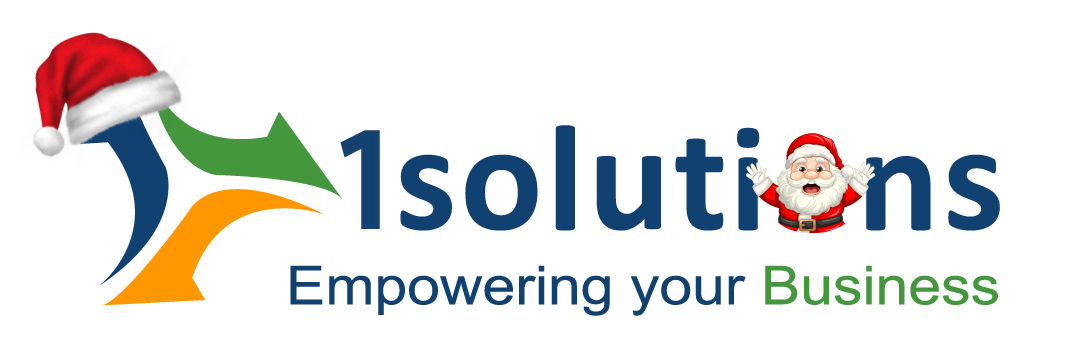


















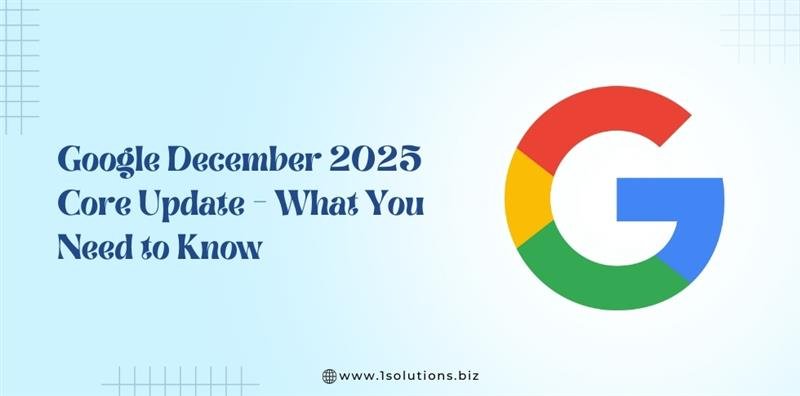
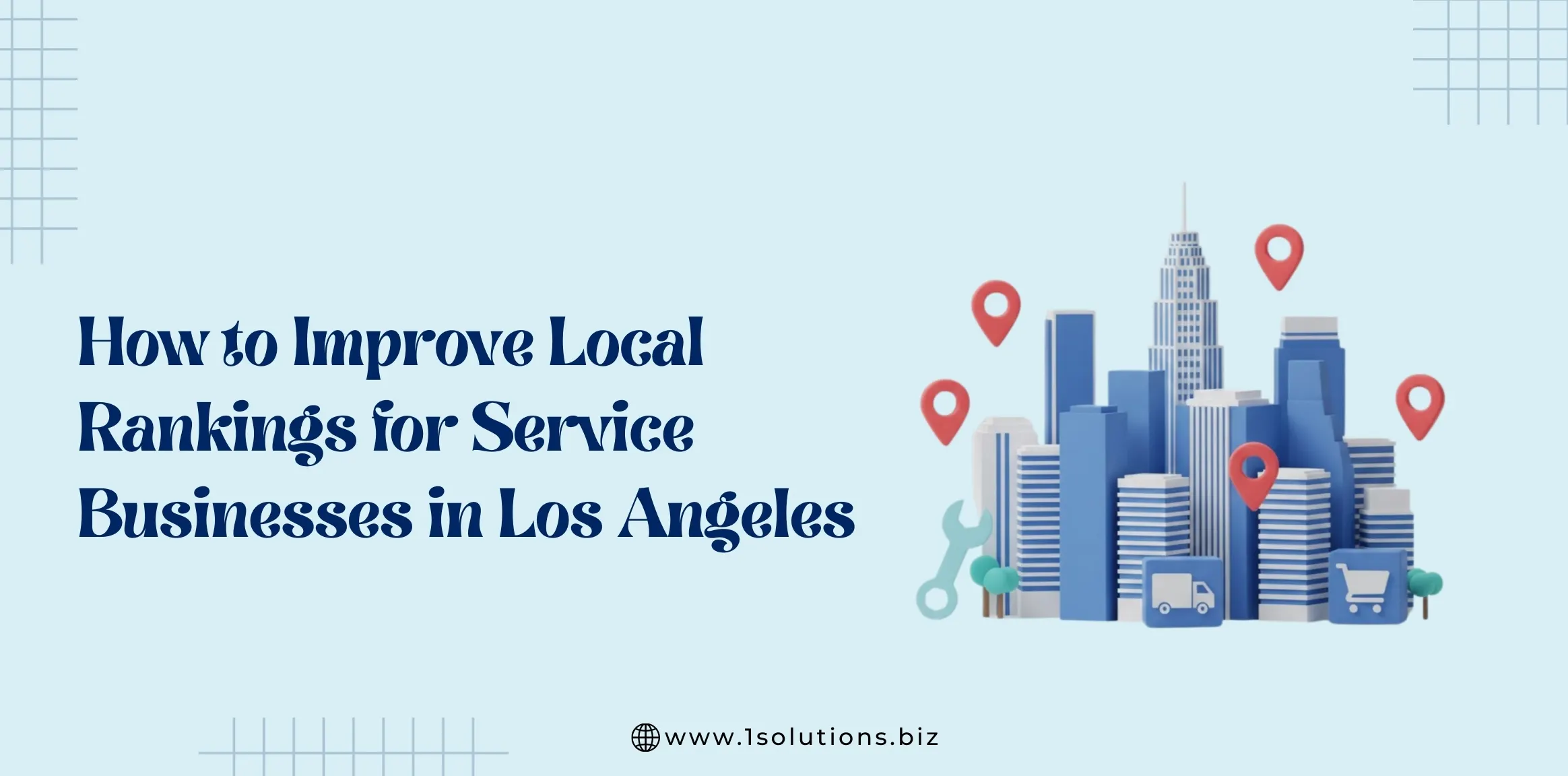
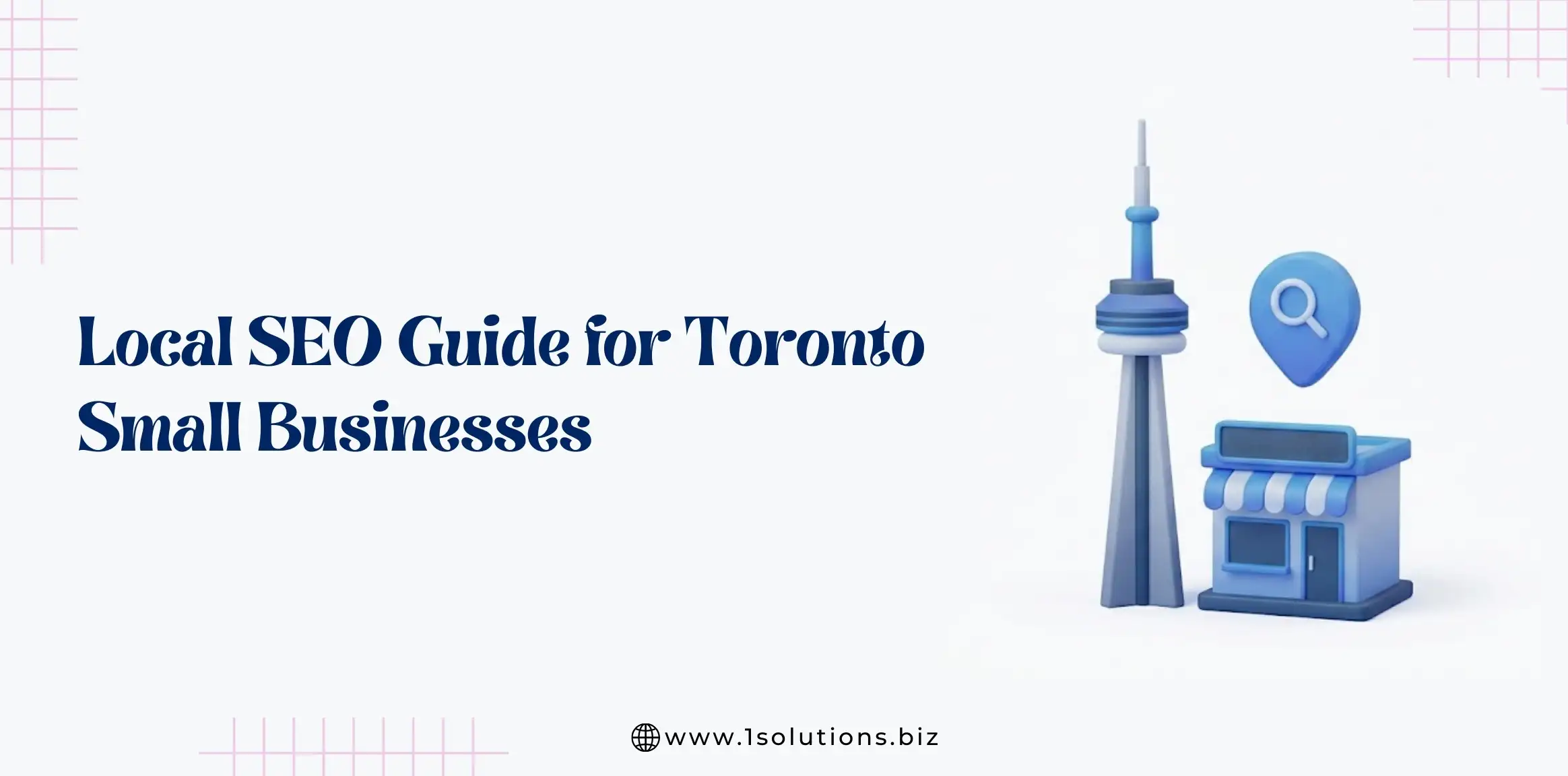
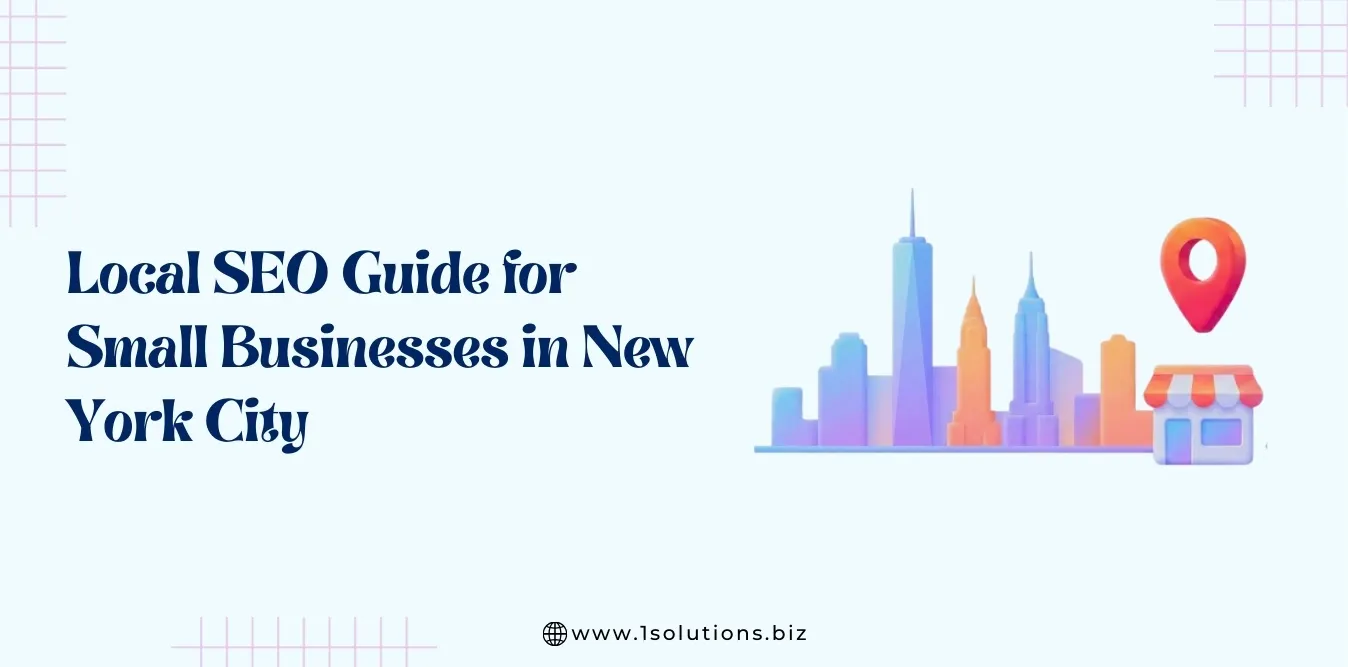
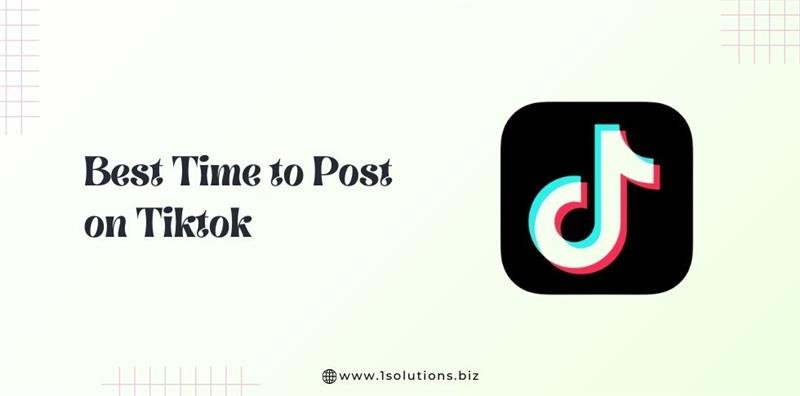
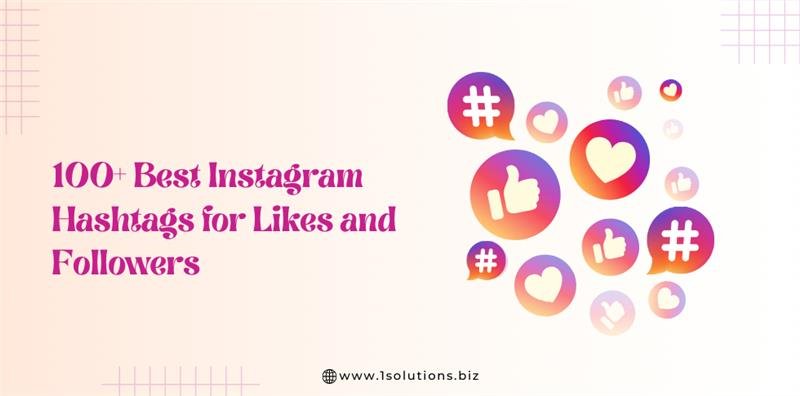
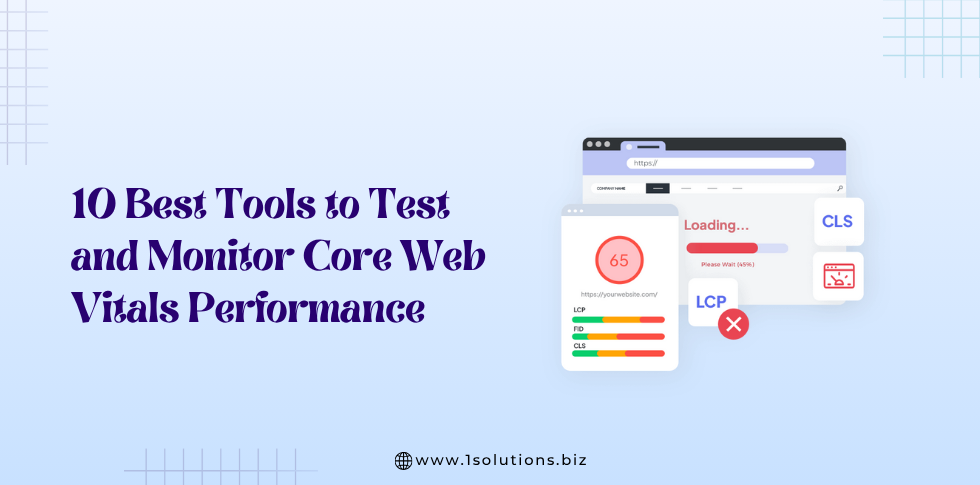




 in India
in India